2003 Sealy Posturepedic Mattress (California): 91 ppm Antimony. There is no regulatory standard limiting trace Antimony in bedding.
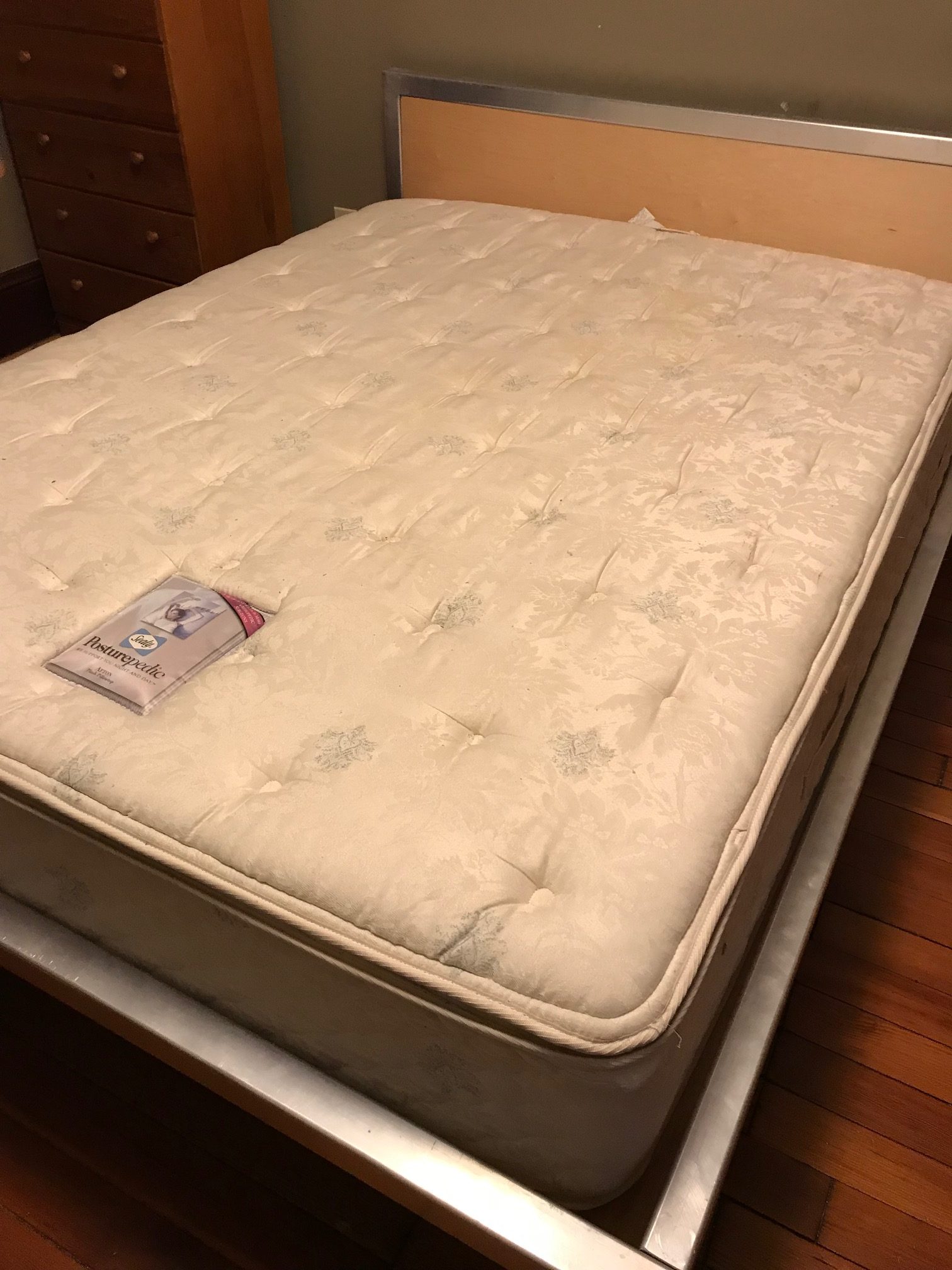
How much Antimony is too much Antimony?
I don’t believe there is a known answer to this question. To my knowledge, there is currently no U.S. regulatory standard limiting trace Antimony in bedding (mattresses, pillows, blankets, mattress pads, etc.) or stuffed animals. Said another way, trace Antimony in the fabric and stuffing of bedding and stuffed animals (in the range of 50 to 300 ppm – as I have been finding frequently in people’s belongings across the country) is considered “legal”, as it is not in any way restricted or limited.
It is my understanding that the reason this is legal and not regulated is solely a result of the fact that potential human health impacts of chronic exposure to low levels of Antimony – pervasive in personal possessions that we use every day – has not been specifically/sufficiently studied (as of the time of publishing this blog post – November 2019). If you have any information that contradicts this (and especially if you know of a study that quantifies or qualifies the potential implications of chronic daily exposure to low levels of Antimony in consumer goods), please let me know.
To read more specifics about the concern for Antimony (and other toxicants) in bedding, click here.
To see more posts I have written about bedding with Antimony, click here.
To learn more about the discount Naturepedic is offering for Lead Safe Mama readers on purchases of new organic mattresses and pillows (etc.), click here.
Below are the exact XRF readings for the mattress pictured here. This includes four different sets of readings/results – as I wanted to show the range of readings, and to demonstrate that the Antimony results were replicable on various areas of the mattress pictured.
Test result set #1
- Antimony (Sb): 91 +/- 25 ppm
- Bromine (Br): 3 +/- 2 ppm
- Tin (Sn): 80 +/- 17 ppm
- Iron (Fe): 44 +/- 18 ppm
- Titanium (Ti): 1,336 +/- 253 ppm
Test result set #2
- Antimony (Sb): 88 +/- 23 ppm
- Tin (Sn): 142 +/- 24 ppm
- Zinc (Zn): 28 +/- 11 ppm
- Nickel (Ni): 22 +/- 14 ppm
- Iron (Fe): 395 +/- 47 ppm
- Titanium (Ti): 2,736 +/- 412 ppm
Test result set #3
- Antimony (Sb): 71 +/- 25 ppm
- Bromine (Br): 9 +/- 3 ppm
- Tin (Sn): 194 +/- 19 ppm
- Zinc (Zn): 34 +/- 9 ppm
- Copper (Cu): 40 +/- 16 ppm
- Nickel (Ni): 18 +/- 11 ppm
- Iron (Fe): 892 +/- 54 ppm
- Bismuth (Bi): 9 +/- 5 ppm
- Titanium (Ti): 5,606 +/- 393 ppm
Test result set #4 (180 seconds)
- Antimony (Sb): 84 +/- 18 ppm
- Bromine (Br): 6 +/- 2 ppm
- Tin (Sn): 199 +/- 14 ppm
- Zinc (Zn): 25 +/- 6 ppm
- Copper (Cu): 25 +/- 11 ppm
- Nickel (Ni): 17 +/- 7 ppm
- Iron (Fe): 568 +/- 28 ppm
- Bismuth (Bi): 5 +/- 3 ppm
- Titanium (Ti): 1,736 +/- 202 ppm
All results reported on this blog are science-based, and replicable. Testing is done for a minimum of 60 seconds per component unless otherwise noted. Components are tested multiple times to confirm the levels of toxicants found. The XRF instrument used is the Niton XL3T – the same instrument used by the United States Consumer Product Safety Commission (CPSC) for testing for Lead in consumer goods. Metals not detected by the XRF instrument (in “consumer goods” mode) are not listed in the above reading set.
As always, thank you for reading and for sharing my posts.
Please let me know if you have any questions.
Tamara Rubin
#LeadSafeMama
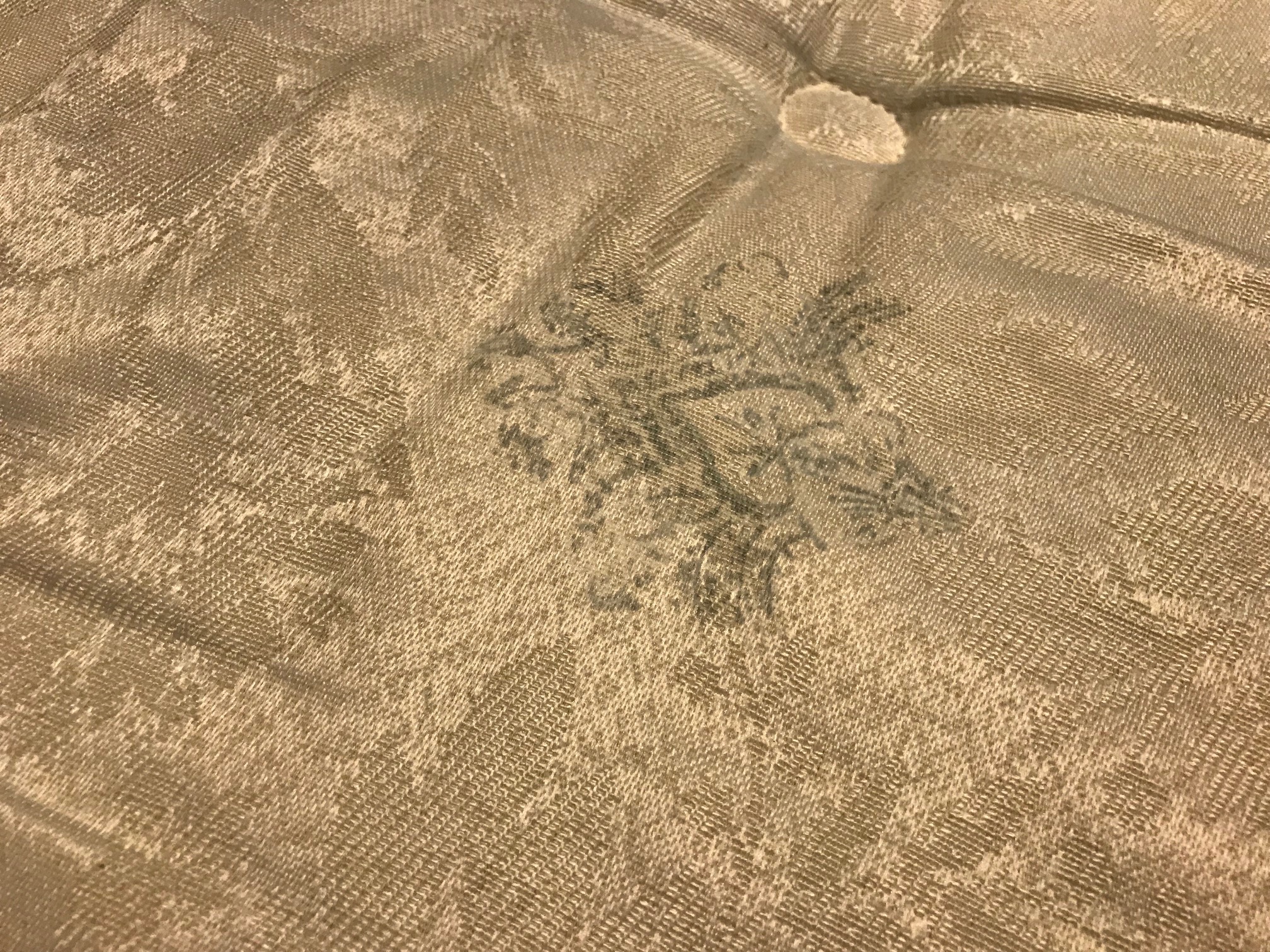
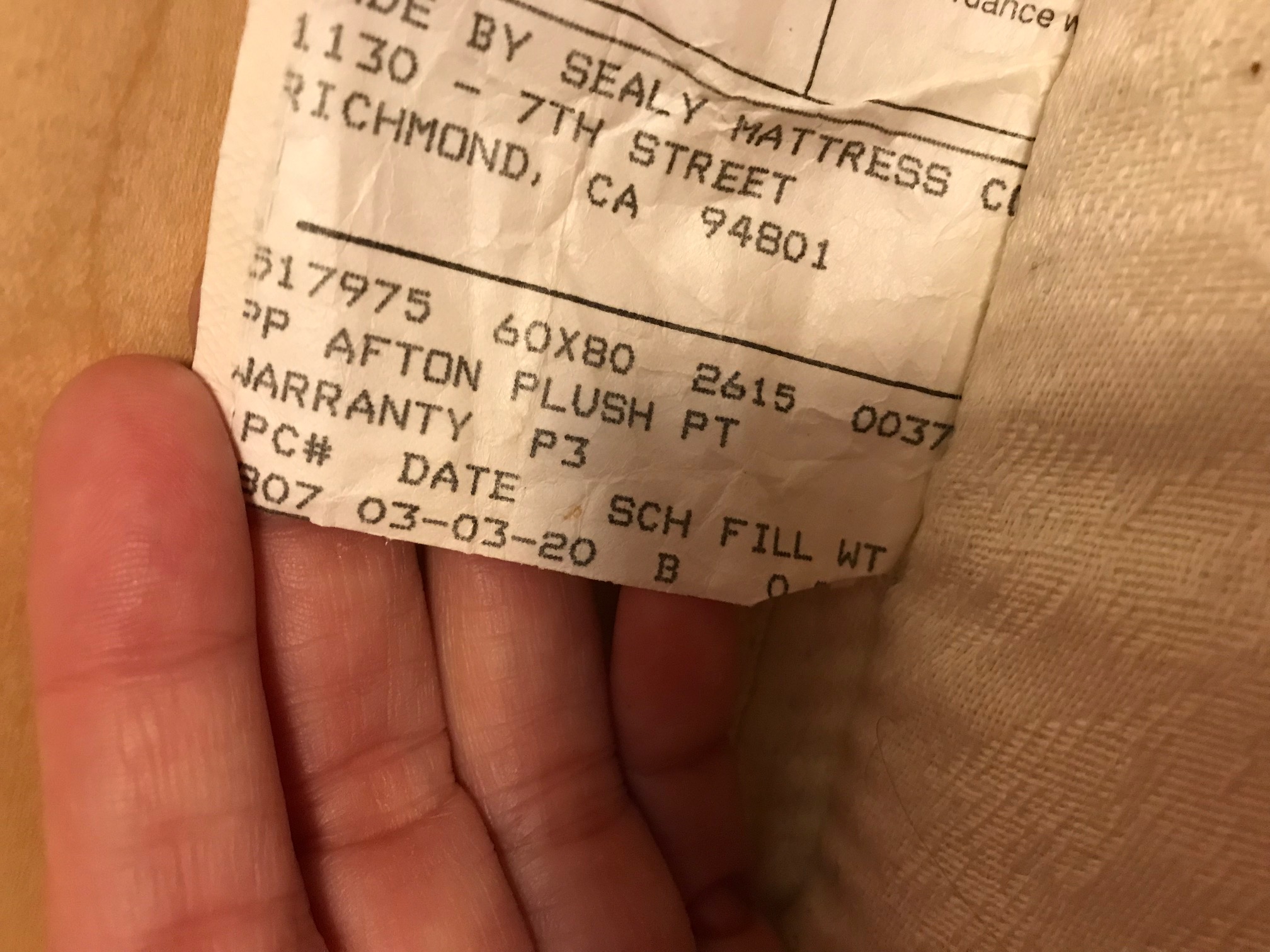
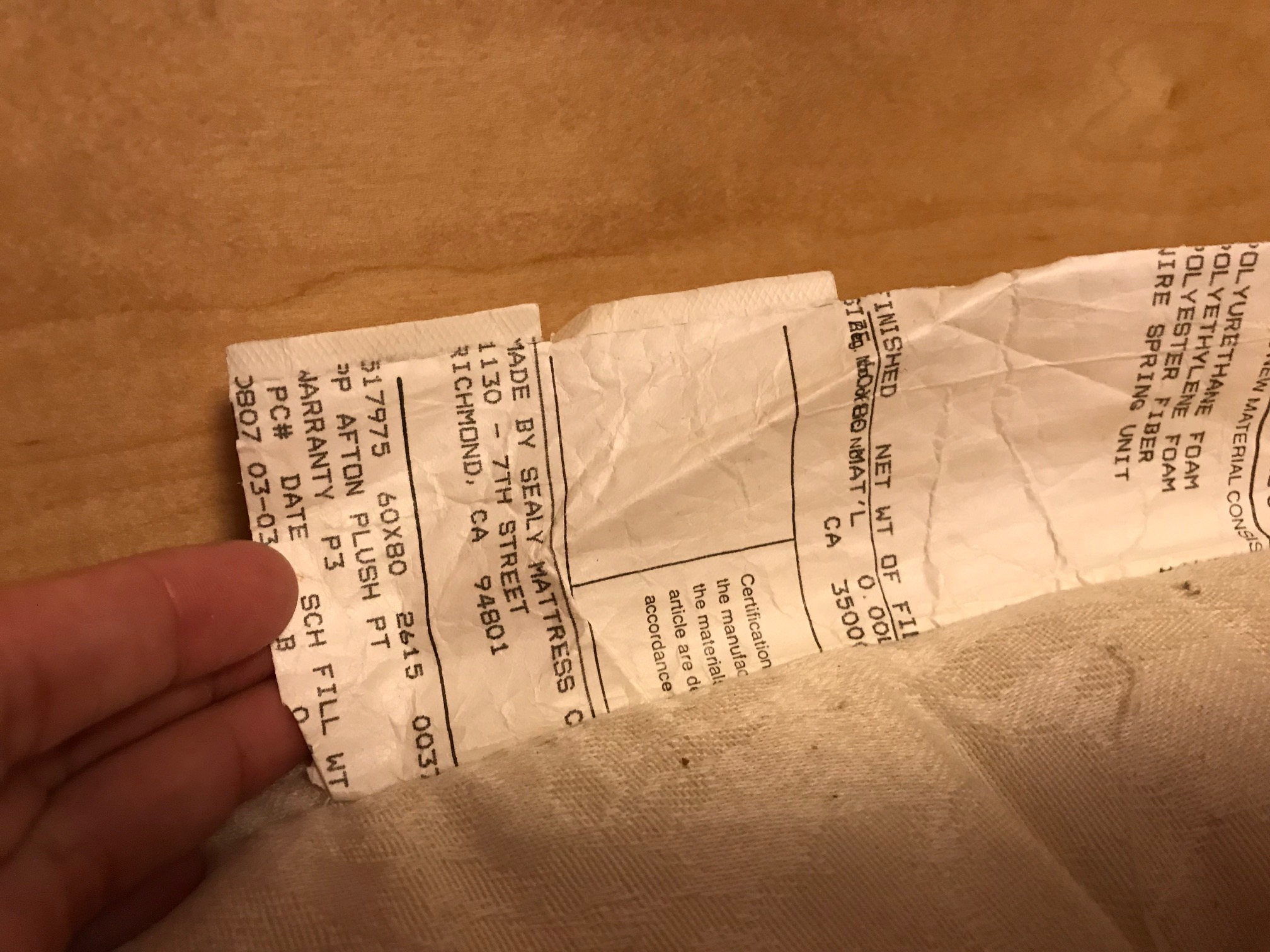
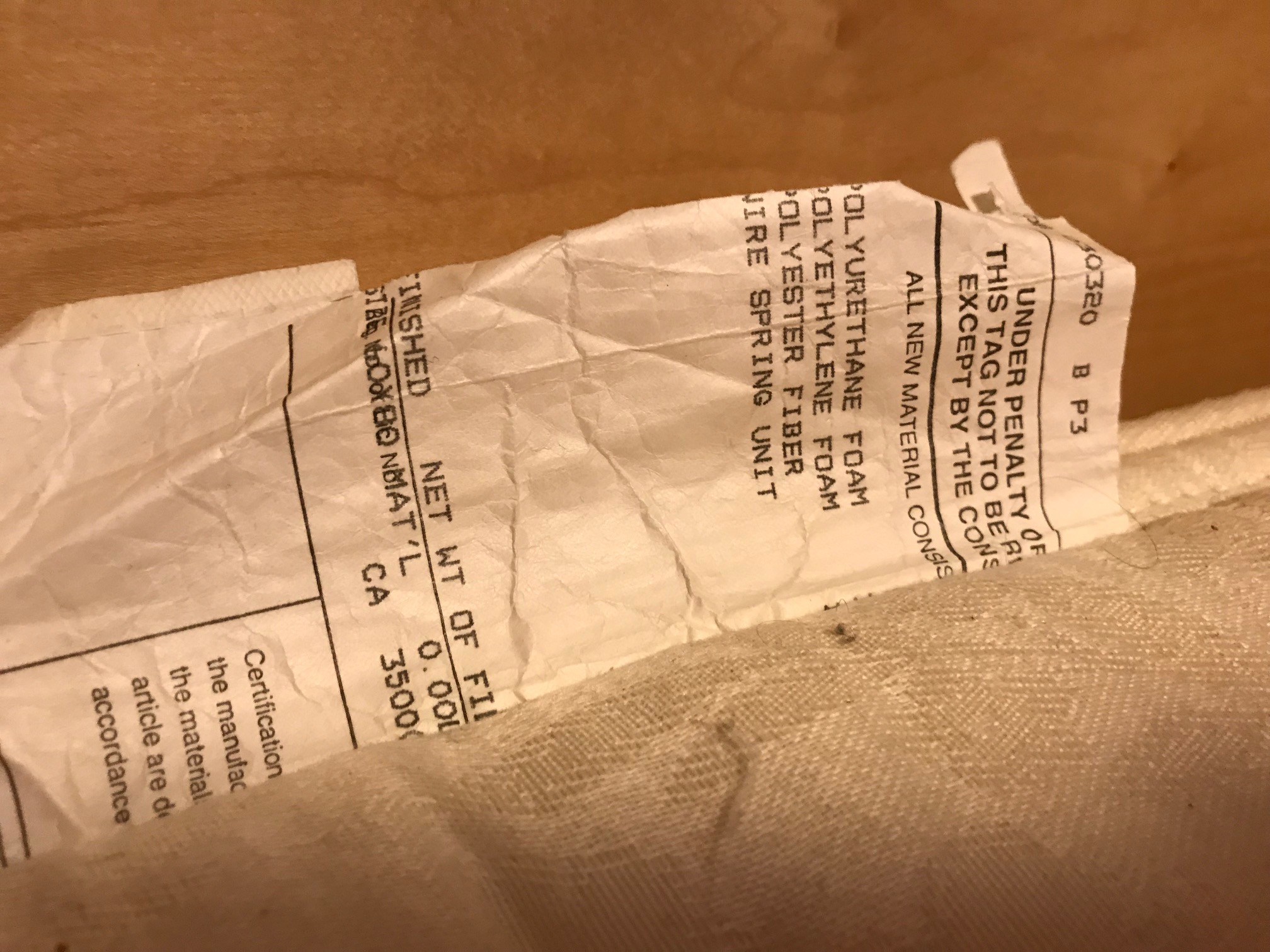
Never Miss an Important Article Again!
Join our Email List


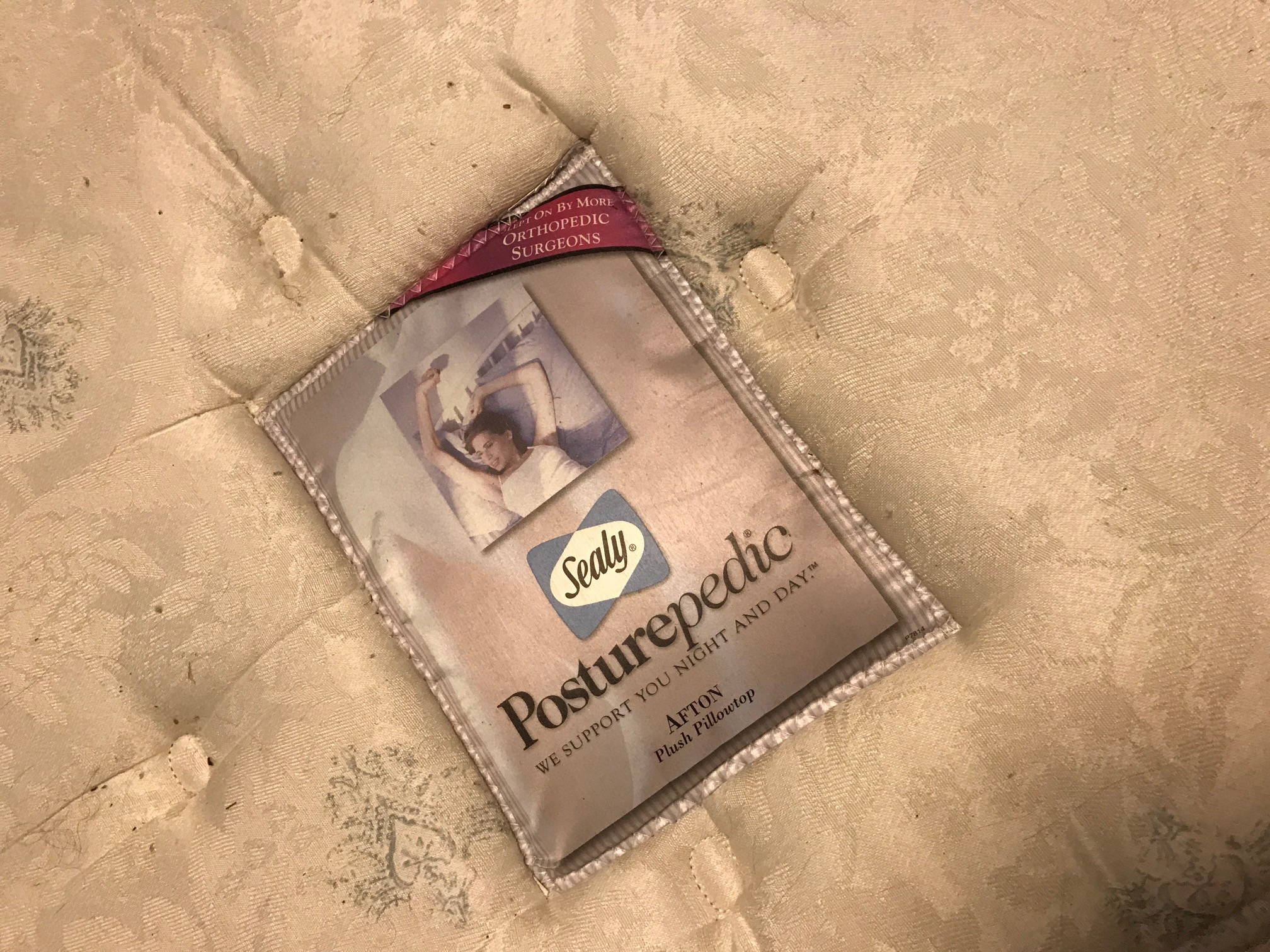
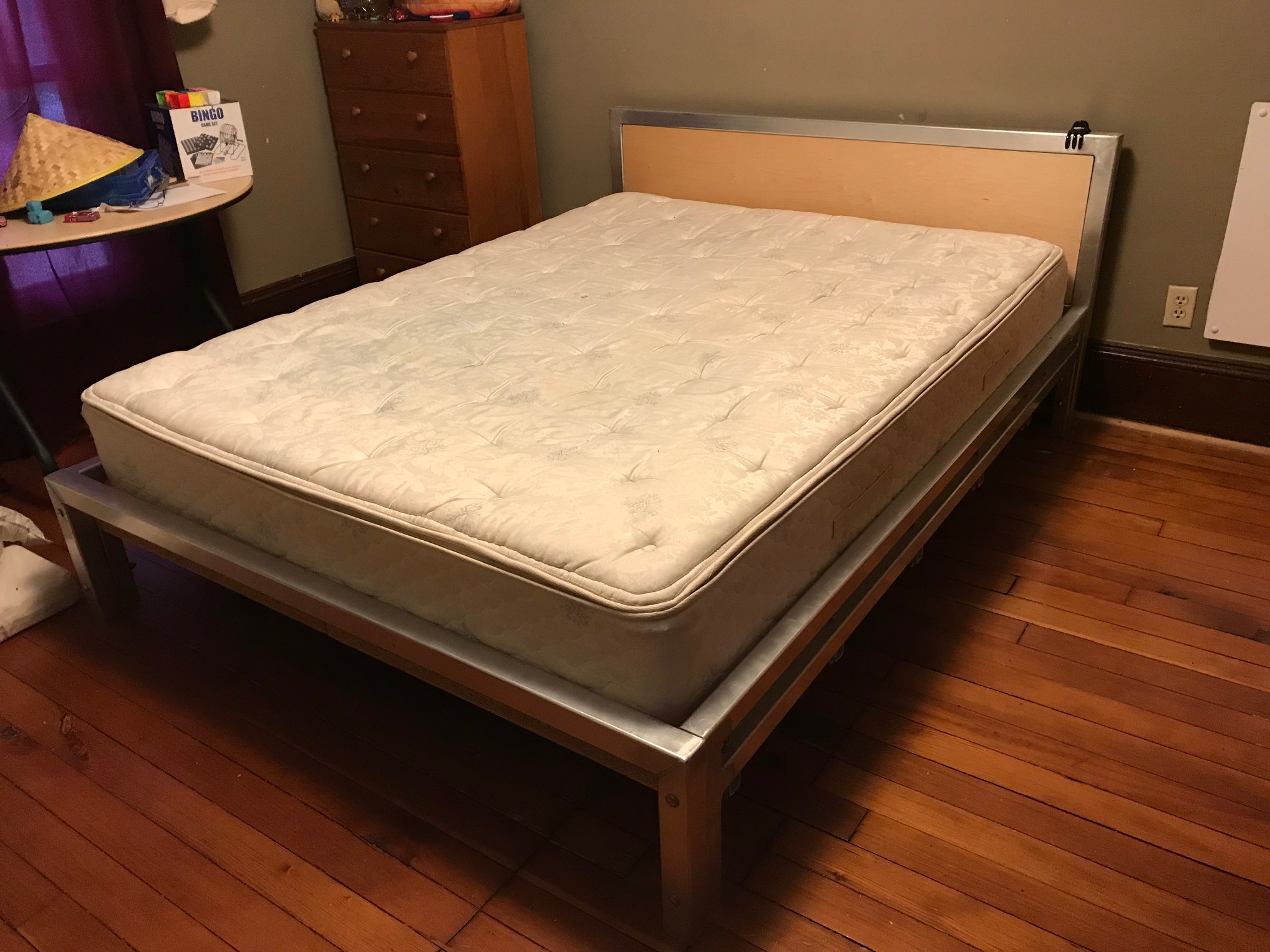

Thanks for sharing such useful information on level of Antimony in bedding.
Does this bed have an innerspring coil or any type of coil in it that makes it bounce.